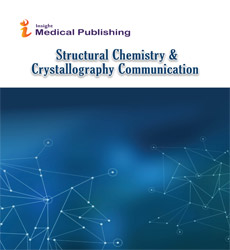Optimization of hybrid TIG-MIG welding parameters of 316L austenitic stainless steel, and a comparison study with MIG process
Mojtaba Ostovar
Sahand University of Technology, Tabriz, Iran
Published Date: 2022-03-27Abstract
In the MIG-TIG hybrid welding method, better quality and efficiency is achieved compared with MIG and TIG methods. Also, in hybrid method, MIG arc is more stable in the shielding atmosphere of pure argon gas. Therefore, in this study the effects of the TIG-MIG hybrid welding parameters on the apparent quality and the depth to width ratio of 316L austenitic stainless steel were investigated using Taguchi design of experiments (DOE). Then, the microstructure of hybrid weld yielded from the optimum parameters of Taguchi DOE were compared with MIG weld under equal heat-input condition. The results revealed that the most important parameter in the hybrid method to obtain the best apparent quality and the highest depth to width ratio is the distance between the two arcs and the MIG and TIG currents are the next parameters. In hybrid welding using optimum parameters, the weld depth to width ratio increased by 92% and welding speed by 56% with respect to ordinary MIG welds. In addition, the grain size and the HAZ width in hybrid welding was smaller than that in MIG processes due to higher cooling rate in the hybrid welding method
Open Access Journals
- Aquaculture & Veterinary Science
- Chemistry & Chemical Sciences
- Clinical Sciences
- Engineering
- General Science
- Genetics & Molecular Biology
- Health Care & Nursing
- Immunology & Microbiology
- Materials Science
- Mathematics & Physics
- Medical Sciences
- Neurology & Psychiatry
- Oncology & Cancer Science
- Pharmaceutical Sciences
